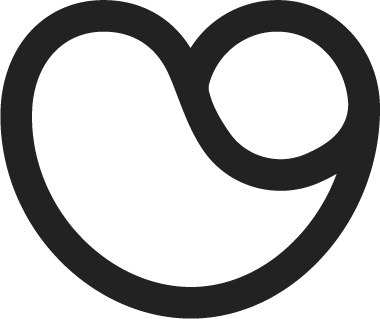There’s no one-size-fits-all approach to sustainability. For example, certain issues that apply to a large brand with a complex supply chain might not be relevant to a small brand that primarily makes niche products in-house with a small team. The Good On You methodology does not expect that all of the best practices are employed in order to achieve a high score. There are multiple pathways to high scores in every issue, that will be relevant for different types of brands.
Brand size
Our methodology distinguishes between larger and smaller brands based on annual turnover—or that of their parent company—using the definition set out by the European Commission. We proportionately apply more demanding standards to large brands as they inherently have greater impacts and influence and are expected to publish more detailed information on policies and targets. Smaller brands cannot receive a “We Avoid” rating.
The size classifications help determine the issues that each brand is expected to address. Many issues are the same for the large and small brand methodologies, but the issues will be weighted proportionally.
Small brands methodology
The standards for Good On You’s small brand methodology remain rigorous. But the assessment is also relative to these brands’ overall impacts and what’s considered best practice for brands that have access to fewer resources and have less influence on the supply chain.
The methodology has also been designed to reflect that there are different types of small brands, with pathways for each type to achieve high scores on a range of issues. While small brands of different types will still be asked to answer a wide range of questions on key issues, brands don’t need to do everything to achieve a high score on many of these issues, as the methodology takes into account the nuances of different types of brands and the limitations many small brands face.
Large brands methodology
Large brands have more influence, resources, and control over their supply chain. This is reflected in Good On You’s methodology for large brands, which expects them to address a wider range of sustainability issues—including deforestation, biodiversity, and climate change targets—and to respond to more data points within some issues.
Good On You also expects large brands to have proportionately more comprehensive public disclosure, reflecting the greater number of data points factored into a large brand’s rating.
Products, services and inputs
The products and services brands offer help determine which issues are more relevant to their specific circumstances and overall impact. The Good On You methodology addresses specific issues conditionally, depending on the product and service types, and inputs, such as:
- Fashion product types: For fashion brands offering exclusively activewear, issues related to leather-usage are less relevant compared to a brand offering shoes and handbags.
- Beauty commodity usage: Brands using particular commodities as ingredients in their products are expected to have practices and policies around commodity sourcing that will not be relevant for brands with minimal use of those commodities.

